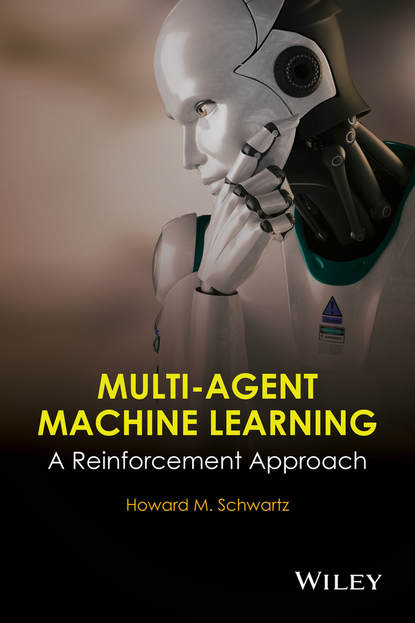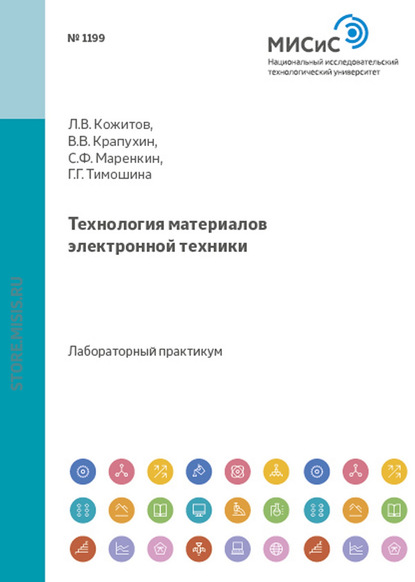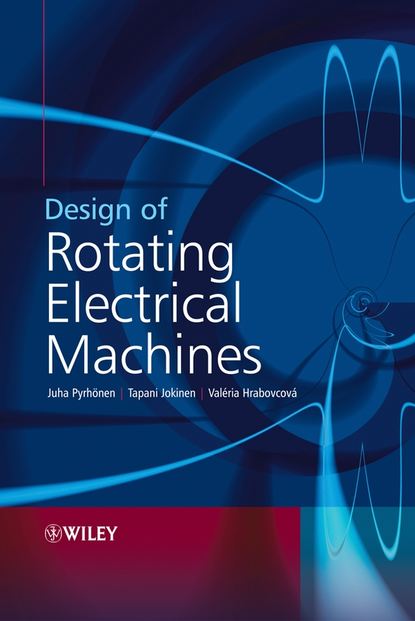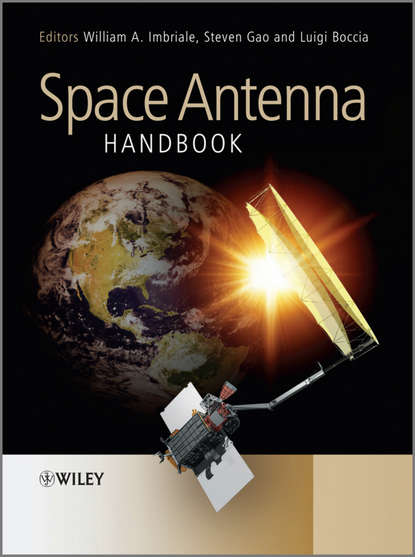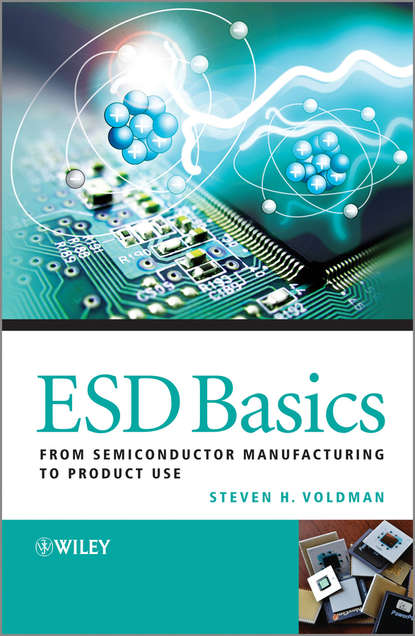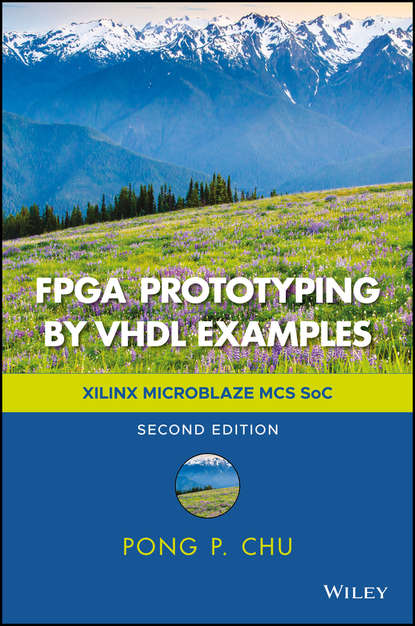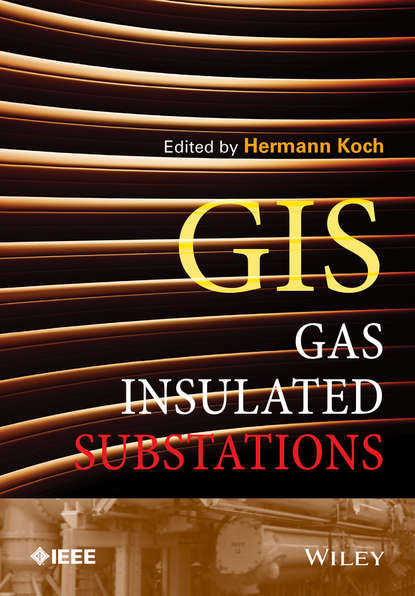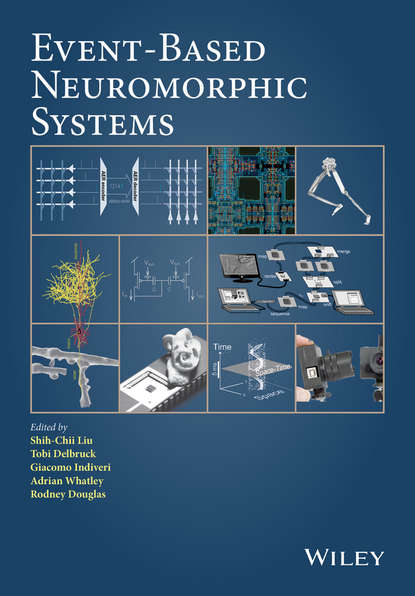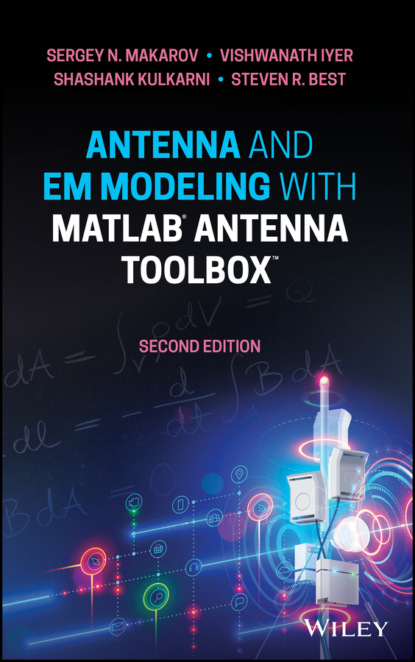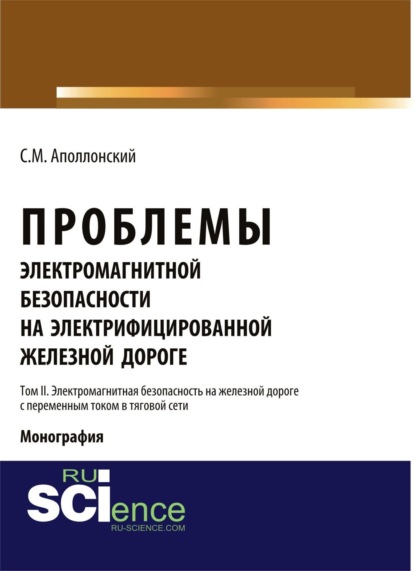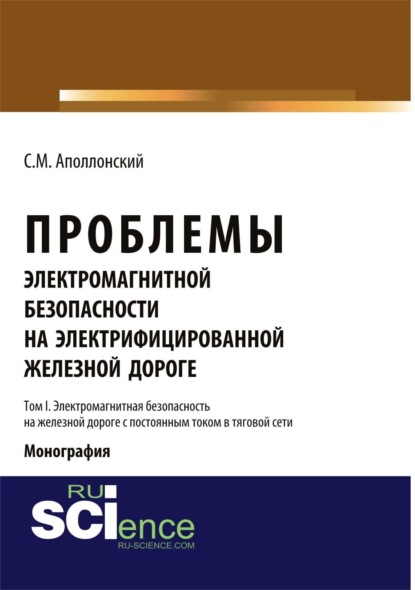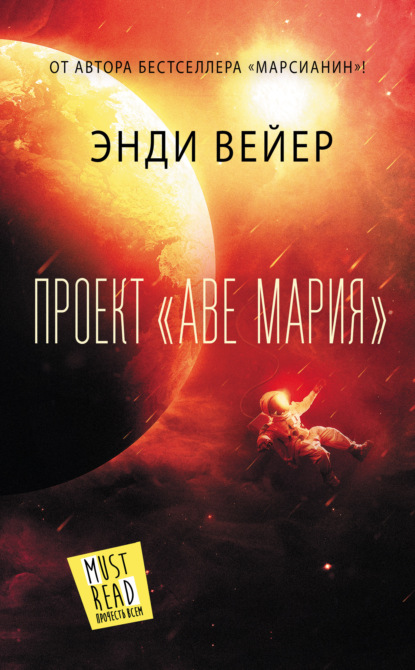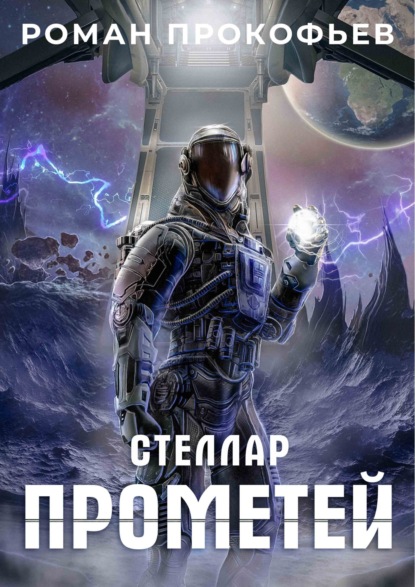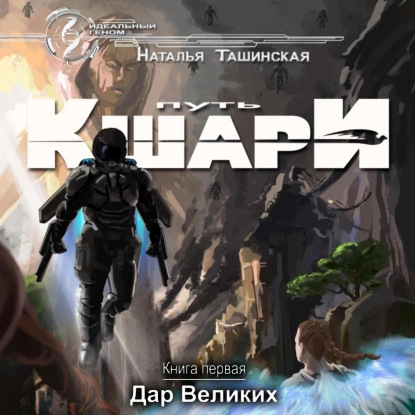Книга "Multi-Agent Machine Learning" представляет собой обзор методов и подходов в многопроцессорном машинном обучении. В первой главе рассматриваются традиционные методы обучения с учителем, включая рекурсивное обучение методом наименьших квадратов, метод среднеквадратичной ошибки и стохастическую аппроксимацию. Во второй главе описывается обучение с подкреплением для одиночных агентов, включая обучение функций ценности, Марковские игры и TD-обучение с отслеживанием пригодности. Третья глава посвящена двухигровым играм, включая матричные игры с чистыми и смешанными стратегиями. В четвертой главе рассматривается обучение в многопользовательских играх, стохастических играх и Марковских играх, с акцентом на обучении в многопользовательских сетках - двухигровые сетки, Q-обучение и Nash Q-обучение. В пятой главе обсуждаются дифференциальные игры, включая многопользовательские дифференциальные игры, структуру актер-критик, адаптивное нечеткое управление и нечеткие системы интерференции, игру "погоня за убегающим" и игру "защита территории". В шестой главе рассматриваются новые идеи обучения в робототехнических стаи и инновационная идея эволюции черт личности. Книга может быть полезна для исследователей, профессоров и аспирантов, изучающих электротехнику и компьютерную инженерию, информатику, механику и авиационную технику.
The book begins with chapters on traditional supervised learning methods, including recursive least square learning and mean square error. Gradient descent methods are also covered. Chapter two covers single-agent reinforcement learning topics such as value functions and Markov decision processes. Temporal difference learning with eligibility trace are discussed. Chapter three explores two-player matrix games and pure and hybrid strategies, using numerous algorithms and including examples.
Chapter four covers learning in multiplayer games, stochastic and Markovian sequential games, with focus on multi-player board games like two-person grids, Q-learning and Nash Q learning. Chapter five covers differential games, flexible controls and adaptive systems fuzzy inference. The evader target game and defending territories are analyzed in this context. Chapter six concentrates on learning in robotic swarm behaviors and personality evolution. The authors outline many methods for neural network learning, genetic algorithms, particle swarm optimization, ant colony optimization and more. This book is a systematic summary of multi agent learning theory aimed at professional researchers, graduate students in electrical engineering, mechanical engineering and computer sciences, as well as graduate and professional student interested in learning about current learning models.
Электронная Книга «Multi-Agent Machine Learning» написана автором H. M. Schwartz в году.
Минимальный возраст читателя: 0
Язык: Английский
ISBN: 9781118884478
Описание книги от H. M. Schwartz
The book begins with a chapter on traditional methods of supervised learning, covering recursive least squares learning, mean square error methods, and stochastic approximation. Chapter 2 covers single agent reinforcement learning. Topics include learning value functions, Markov games, and TD learning with eligibility traces. Chapter 3 discusses two player games including two player matrix games with both pure and mixed strategies. Numerous algorithms and examples are presented. Chapter 4 covers learning in multi-player games, stochastic games, and Markov games, focusing on learning multi-player grid games—two player grid games, Q-learning, and Nash Q-learning. Chapter 5 discusses differential games, including multi player differential games, actor critique structure, adaptive fuzzy control and fuzzy interference systems, the evader pursuit game, and the defending a territory games. Chapter 6 discusses new ideas on learning within robotic swarms and the innovative idea of the evolution of personality traits. • Framework for understanding a variety of methods and approaches in multi-agent machine learning. • Discusses methods of reinforcement learning such as a number of forms of multi-agent Q-learning • Applicable to research professors and graduate students studying electrical and computer engineering, computer science, and mechanical and aerospace engineering
